Description
Japanese Prints During the Allied Occupation: 1945–1952
Onchi Kōshirō, Onchi e / and Hacker, Ernest
Art Media Resources, 2002.
Hardback 128pp Illustrated 22.9 x 1.3 x 28.6 cm
ISBN 9781588860194
Language: English
With 40 color and 75 black and white illustrations.
The printmaker Onchi Kōshirō and his circle were instrumental in finding new directions for Japanese art after the devastation of the war. Encouraged by American graphic artist, Ernst Hacker, who was posted to Japan in 1945, the achievements of the period are recognized in this selection of prints, the basis of which is Hacker’s own collection, recently given to the British Museum, comprising the work of Onchi, Hacker himself and Munakata Shikō, among others.
Following World War Two, much of urban Japan lay in ruins, the land occupied by foreign powers for the first time in the country’s history. To many it seemed everything was lost, yet it had an ability to recover physically, economically and culturally, particularly in the visual arts. They achieved a remarkable progress in painting, calligraphy, prints, ceramics and other crafts and received unexpected appreciation from connoisseurs among the occupying forces and administrators. This book examines in detail how one school of printmakers under the leadership of Onchi Koshiro (1891-1955) met with the American graphic artist Ernst Hacker (1917-87). He had been posted to Tokyo in spring 1945, with Onchi and his circle and with Munakata Shiko (1903-75), who was then almost unknown. Prints and archives acquired by Hacker at the time and recently given to the British Museum by his widow form the basis of this remarkable study. With 40 colour and 75 black and white illustrations, here is one of Japan’s greatest print artists of the 20th century. Rendered to the highest quality, the catalogue includes such items as Plum Tree Garden colour woodblock, Spider, a woman dressed like a Geisha, After the Bath, home life and customs in Japan, a black cat, beautiful mountains and countryside scenes. 128 pages, 9″ x 11″. 2002 First Edition.

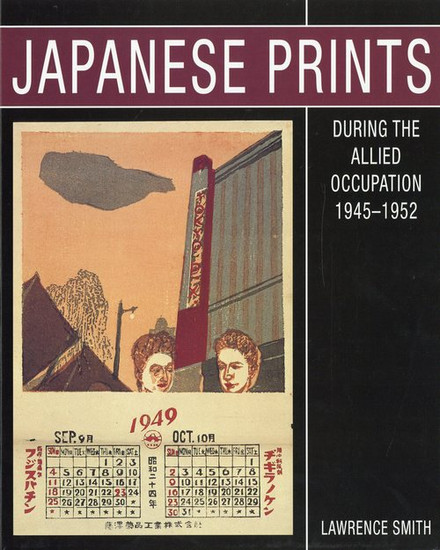



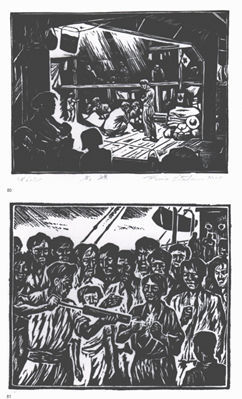
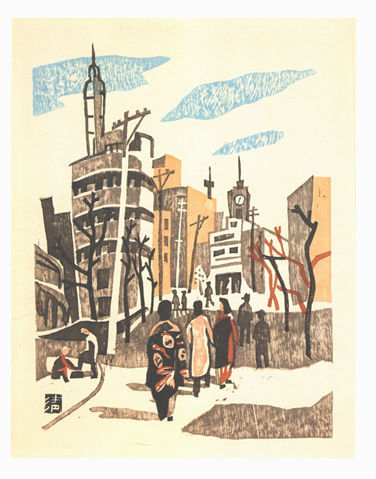




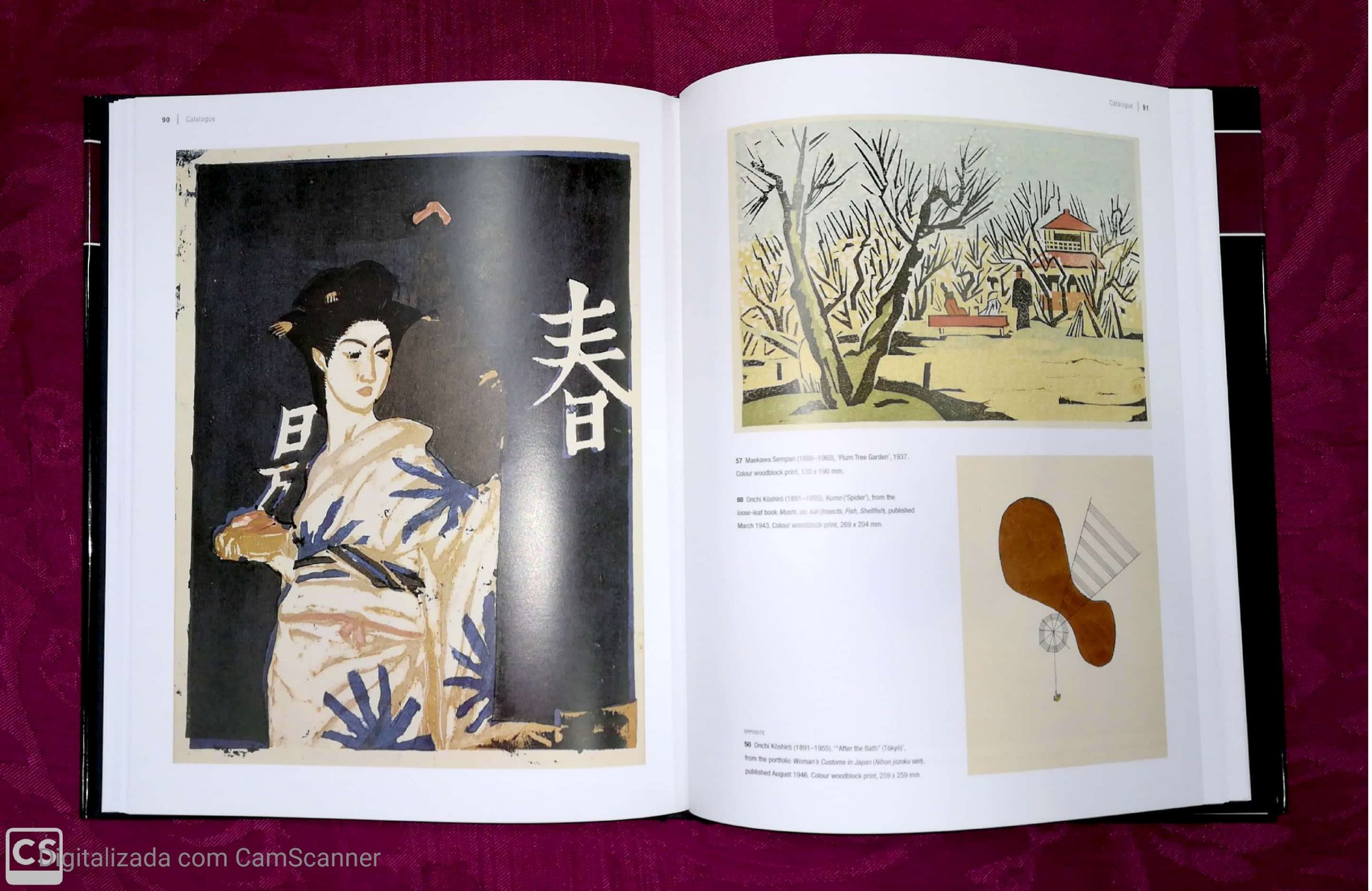


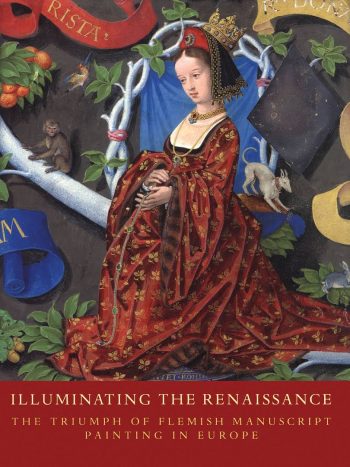


Reviews
There are no reviews yet.